| বাংলায় পড়ুন | Researchers and Reporters: Tanjil Fuad Anika Taieba |
Could you imagine living in a nation where purchasing a packet of bread required carrying suitcases filled with cash? From 1980 until 2022, Zimbabwe experienced this state of affairs. The protracted existence of the Zimbabwe dollar serves as a stark illustration of economic mismanagement, hyperinflation, and calamity. Since gaining independence in 1980, Zimbabwe’s currency has experienced frequent devaluations and modifications. Introduced in 1980 to replace the Rhodesian dollar, the Zimbabwean dollar has become a dark spot in the country’s economy, despite the pride the people formerly held in its currency.
1980–2009: the emergence and crisis of the Zimbabwean currency after independence
Following Zimbabwe’s independence in 1980, the dollar was introduced to the nation. The notes in the first series had values ranging from $2 to $20. However, as inflation increased, the value of the money started to decline, and between 2001 and 2005, $500 and $1000 notes were released. Zimbabwe saw the worst inflation in recorded history in 2007–2008. Daily necessities were costing millions of Zimbabwean dollars even back then.
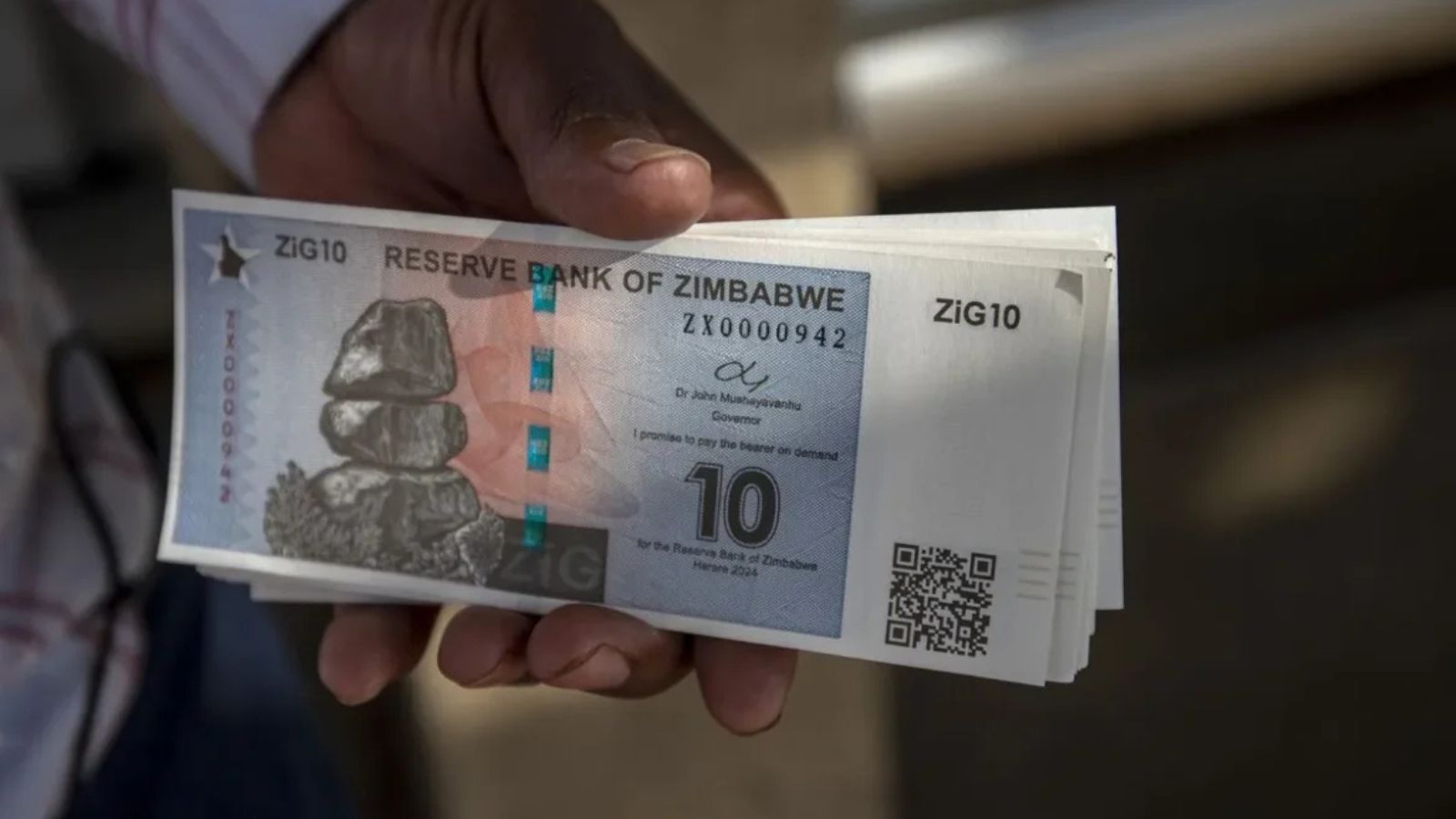
History of the challenges and crises of the Zimbabwe Dollar post-independence. | Photo: Collected.
To counteract hyperinflation, the Zimbabwean dollar underwent a number of revaluations. “Operation Sunrise” marked the completion of the initial review in 2006. But inflation doesn’t change. Because of this, the government declared a third revaluation in 2009, during which Zimbabwe entered the market with one trillion Zimbabwean dollars. Even though this was a desperate attempt to keep the economy and currency stable, it ultimately failed.
multiple-denomination currency system
With the adoption of a multi-denomination currency system, which included the use of different foreign currencies in addition to the local currency as legal tender, Zimbabwe avoided the dollar crisis. Among these were the South African rand, the euro, the US dollar, the Indian rupee, and the Botswana pula.
Consequently, the US dollar rapidly emerged as the most widely recognized form of payment in the nation. Bond notes, which were convertible into US dollars at a 1:1 ratio, were also established by the government to fight the economic crisis.
Reintroduction of the Zimbabwe dollar
The Zimbabwe dollar was reinstated and the multi-denomination system was put on hold by the Reserve Bank of Zimbabwe in June 2019. However, in 2020, the multi-denomination system was reinstated as a result of internal issues.
Jim Gold coin circulation
The new gold-based “Jim Gold” currency was subsequently unveiled by the Central Bank of Zimbabwe. Stabilizing the nation’s economy and battling excessive inflation were its goals. Using gold and other precious metals, the new money was created. It is brought to the market with the intention of lowering inflation.
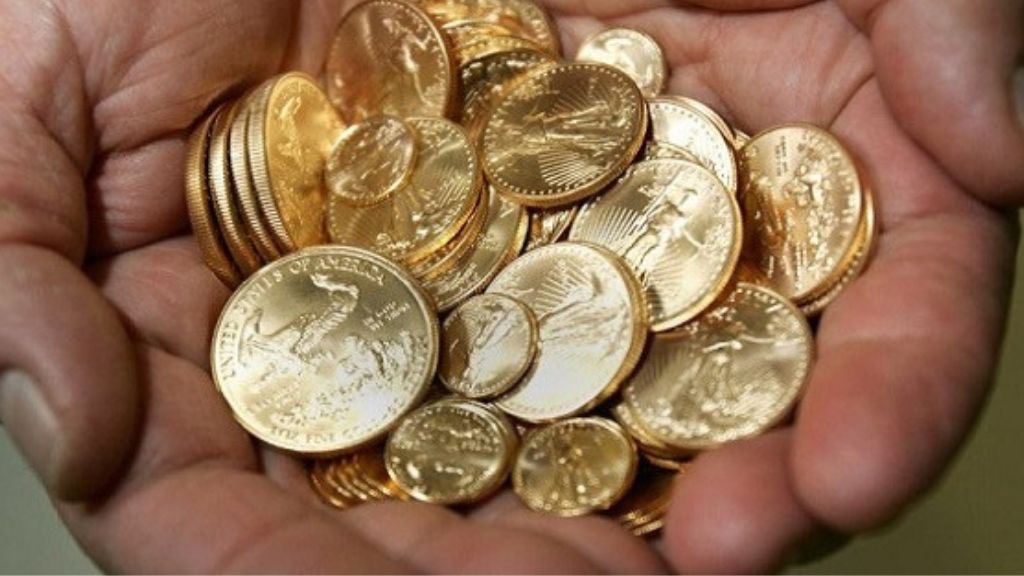
An image of the circulation of the Zim Gold coin in Zimbabwe. | Photo: Collected.
Zimbabwe still has an inflation issue despite efforts to stabilize the currency. Zimbabwe experienced abnormally high inflation between 1980 and 2020, averaging 672.5% annually. In contrast to the worrisome 557% in 2020, the nation’s annual inflation rate was much lower in 2022, at about 104%. Yet the economy of Zimbabwe remains shaky.
The country’s economy is on the verge of collapse as a result of this inflation brought on by numerous political and economic factors. In spite of its high value in the past, the hyperinflation of today has made the Zimbabwean dollar one of the least valuable.
Current circumstances and the value of Zimbabwean money
As of right now, the RTGS dollar (New Zimbabwean currency) is Zimbabwe’s official currency. The new Zimbabwe dollar was unveiled by the Zimbabwean government in March 2020. There are notes for $1 to $5, $10, $20, $50, $100, and $500. The government has instituted a novel “Zimbabwe Dollar Auction System” in which foreign currency is auctioned off to people and corporations at central bank-regulated exchange rates. Stabilizing the currency rate and controlling inflation are its goals.
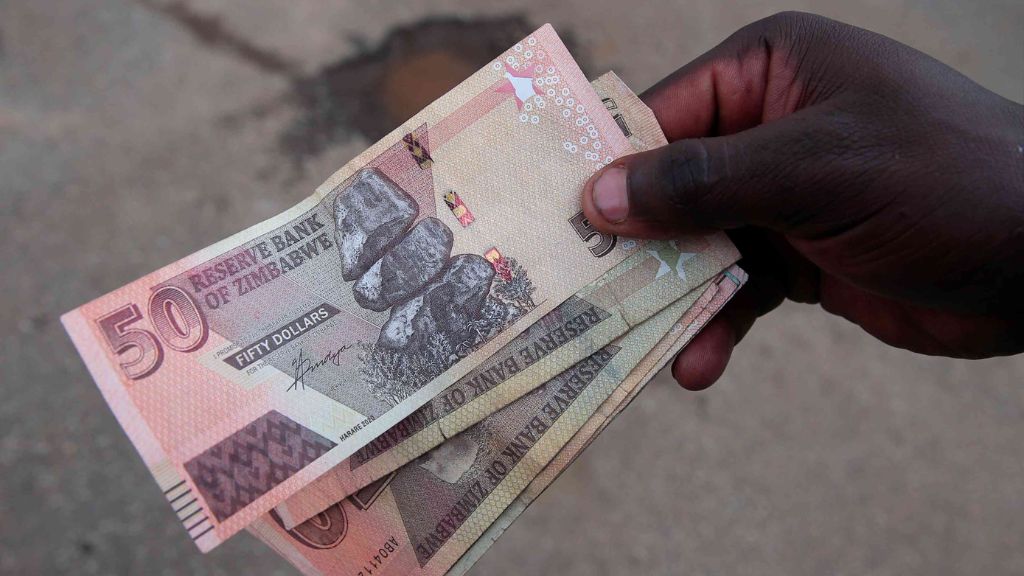
An image of Zimbabwe’s current currency and economic situation. | Photo: Collected.
But currency exchange on the illegal market continues to be common. Attempts by the government to outlaw it have occasionally failed. The stability of the Zimbabwean currency is still significantly hampered by this.
Extreme volatility and hyperinflation have characterized the history of the Zimbabwean currency. Zimbabwe’s economy is currently undergoing significant instability and restructuring, but the country’s inflation issue has not been addressed. The introduction of RTGS dollars and Zim Gold is part of the nation’s attempt to bring financial stability back, but only time will tell how successful this process will be.

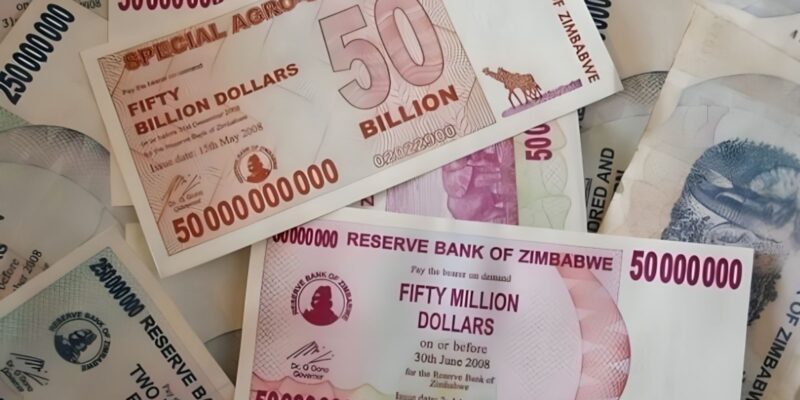





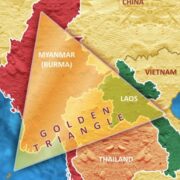
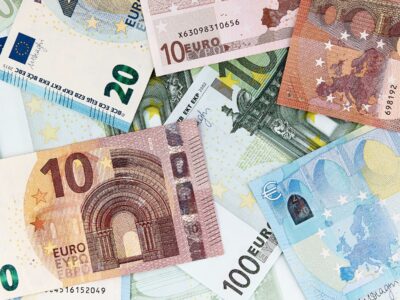
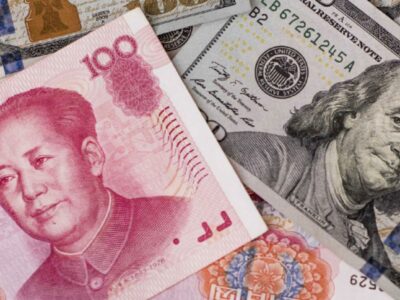
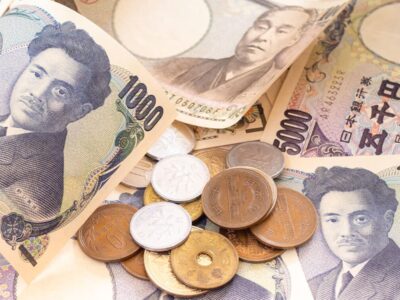
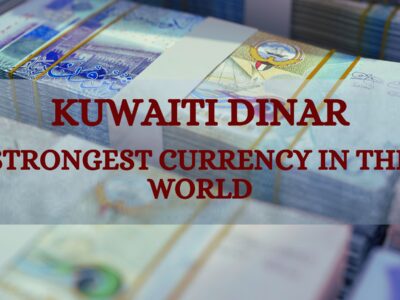

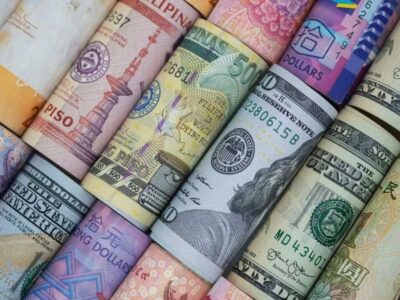







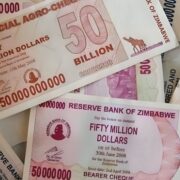







Comments